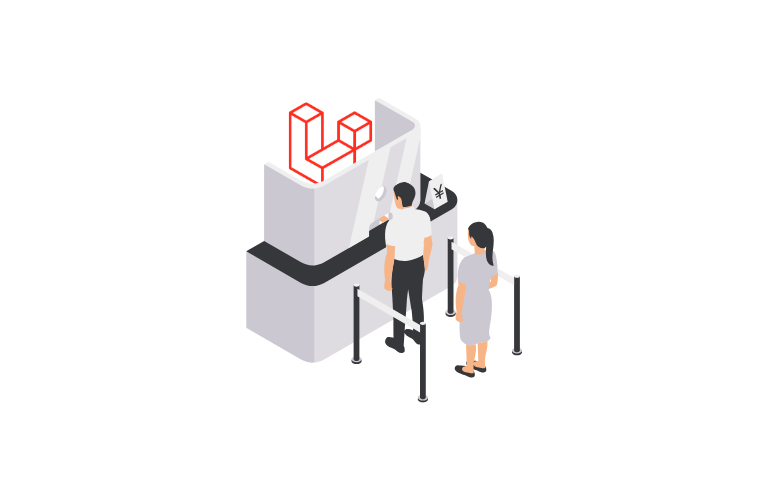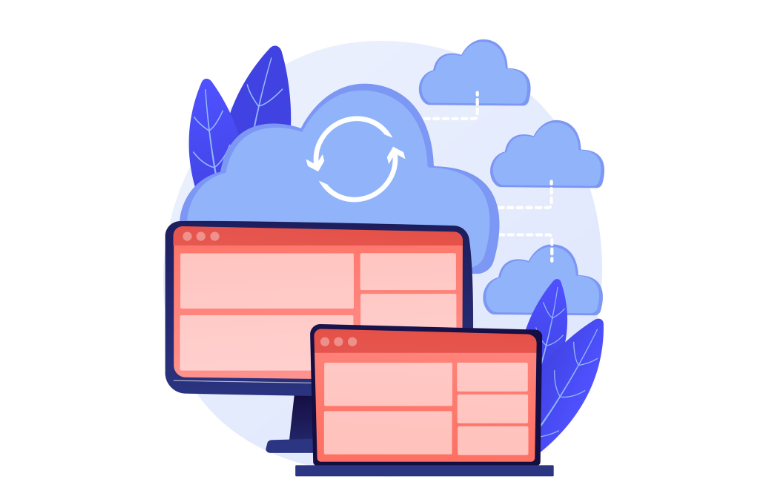Laravel is a versatile PHP framework that empowers developers to build robust web applications with ease. One of its most powerful features is the queue system, which allows you to handle time-consuming tasks in the background, ensuring your application remains fast and responsive. In this guide, we’ll dive deep into Laravel queue jobs, exploring how to set them up, use them effectively, and implement them in real-world scenarios.
Table of Contents
What Are Laravel Queue Jobs?
Think of a busy restaurant during peak hours. The kitchen is overwhelmed with orders, and if the chef tries to cook everything at once, chaos ensues. To manage this, the restaurant uses an order queue, ensuring each dish is prepared one at a time.
Similarly, in web applications, tasks like processing payments, generating PDFs, or syncing data with external APIs can slow down your application. Laravel queues allow you to defer these tasks, processing them in the background while your application continues to handle other requests.
Laravel queues are a mechanism to manage background jobs, ensuring your application remains efficient and user-friendly.
How Do Laravel Queue Jobs Work?
The workflow of Laravel queue jobs is straightforward:
- Create a Job: Define the task you want to execute in the background.
- Dispatch the Job: Add the job to the queue for processing.
- Process the Queue: Use a queue worker to execute the jobs in the background.
- Monitor the Queue: Track the status of jobs and handle failures.
Let’s explore each step in detail.
Setting Up Laravel Queue Jobs
Step 1: Configure Your Queue Driver
Laravel supports multiple queue drivers, including Redis, Amazon SQS, Beanstalkd, and the database. To configure your queue driver, update the .env file:
QUEUE_CONNECTION=databaseFor this example, we’ll use the database driver, which stores jobs in a database table.
Step 2: Create a Job Class
Jobs in Laravel are PHP classes that implement the ShouldQueue interface. Use the Artisan command to create a job:
php artisan make:job ProcessPaymentJobThis creates a job class in the app/Jobs directory. Here’s an example of a job that processes a payment:
namespace App\Jobs;
use Illuminate\Bus\Queueable;
use Illuminate\Contracts\Queue\ShouldQueue;
use Illuminate\Queue\InteractsWithQueue;
use Illuminate\Queue\SerializesModels;
use App\Models\Payment;
class ProcessPaymentJob implements ShouldQueue
{
use Queueable, SerializesModels, InteractsWithQueue;
protected $payment;
public function __construct(Payment $payment)
{
$this->payment = $payment;
}
public function handle()
{
// Process the payment logic here
$this->payment->status = 'completed';
$this->payment->save();
}
}Step 3: Dispatch the Job
Once your job is defined, you can dispatch it to the queue:
$payment = Payment::find(1);
dispatch(new ProcessPaymentJob($payment));Alternatively, use dispatchNow to execute the job immediately:
dispatch_now(new ProcessPaymentJob($payment));Step 4: Process the Queue
To process queued jobs, start a queue worker:
php artisan queue:workYou can specify options like the queue name and retry attempts:
php artisan queue:work --queue=payments --tries=3Step 5: Monitor the Queue
Laravel Horizon provides a beautiful dashboard to monitor your queues. Install it via Composer:
composer require laravel/horizonHorizon allows you to track job statuses, retry failed jobs, and optimize queue performance. Visit <<your project url>> /horizon for that.
Key Features of Laravel Queue Jobs
- Background Processing: Offload heavy tasks to improve application performance.
- Multiple Queue Drivers: Choose from Redis, SQS, Beanstalkd, and more.
- Job Batching: Group related jobs and track their progress.
- Error Handling: Define failed methods to handle job failures gracefully.
- Delayed Jobs: Schedule jobs to run at a later time using the delay method.
Real-World Implementation of Laravel Queue Jobs
Example 1: Generating PDF Reports
Generating PDF reports can be resource-intensive. Here’s how you can use queues to handle this task:
Create a job to generate the PDF:
php artisan make:job GenerateReportJobDefine the job logic:
namespace App\Jobs;
use Illuminate\Bus\Queueable;
use Illuminate\Contracts\Queue\ShouldQueue;
use Illuminate\Queue\InteractsWithQueue;
use Illuminate\Queue\SerializesModels;
use PDF;
class GenerateReportJob implements ShouldQueue
{
use Queueable, SerializesModels, InteractsWithQueue;
protected $data;
public function __construct($data)
{
$this->data = $data;
}
public function handle()
{
$pdf = PDF::loadView('report', ['data' => $this->data]);
$pdf->save(storage_path('app/reports/report.pdf'));
}
}Dispatch the job:
$data = Report::generateData();
dispatch(new GenerateReportJob($data));Example 2: Syncing Data with External APIs
Syncing data with external APIs can be time-consuming. Use queues to handle this task efficiently:
Create a job to sync data:
php artisan make:job SyncDataJobDefine the job logic:
namespace App\Jobs;
use Illuminate\Bus\Queueable;
use Illuminate\Contracts\Queue\ShouldQueue;
use Illuminate\Queue\InteractsWithQueue;
use Illuminate\Queue\SerializesModels;
use Illuminate\Support\Facades\Http;
class SyncDataJob implements ShouldQueue
{
use Queueable, SerializesModels, InteractsWithQueue;
protected $record;
public function __construct($record)
{
$this->record = $record;
}
public function handle()
{
$response = Http::post('https://api.example.com/sync', [
'data' => $this->record,
]);
if ($response->successful()) {
// Handle successful sync
} else {
// Handle sync failure
}
}
}Dispatch the job:
$records = Data::all();
foreach ($records as $record) {
dispatch(new SyncDataJob($record));
}Major Use Cases for Laravel Queue Jobs
- Payment Processing: Handle payment transactions in the background.
- Report Generation: Generate and export reports without blocking the application.
- Data Syncing: Sync data with external APIs or databases.
- Notification Sending: Send SMS or push notifications asynchronously.
- Image Optimization: Resize or compress images uploaded by users.
Best Practices for Using Laravel Queues
- Split Large Jobs: Divide heavy tasks into smaller jobs to avoid timeouts.
- Use Job Batching: Track progress and handle failures for grouped jobs.
- Monitor Queues: Use Laravel Horizon to keep an eye on job performance.
- Handle Failures: Implement failed methods to notify users of errors.
- Optimize Queue Workers: Use a process monitor like Supervisor to manage workers on live servers.
Conclusion
Laravel queues are a powerful tool for optimizing your application’s performance. By deferring time-consuming tasks to the background, you can ensure your application remains fast and responsive. Whether you’re processing payments, generating reports, or syncing data, Laravel queues provide a reliable and efficient solution.
Ready to take your Laravel application to the next level? Start implementing queues today and share your experiences in the comments below! Don’t forget to subscribe to our newsletter for more tips and tutorials.




